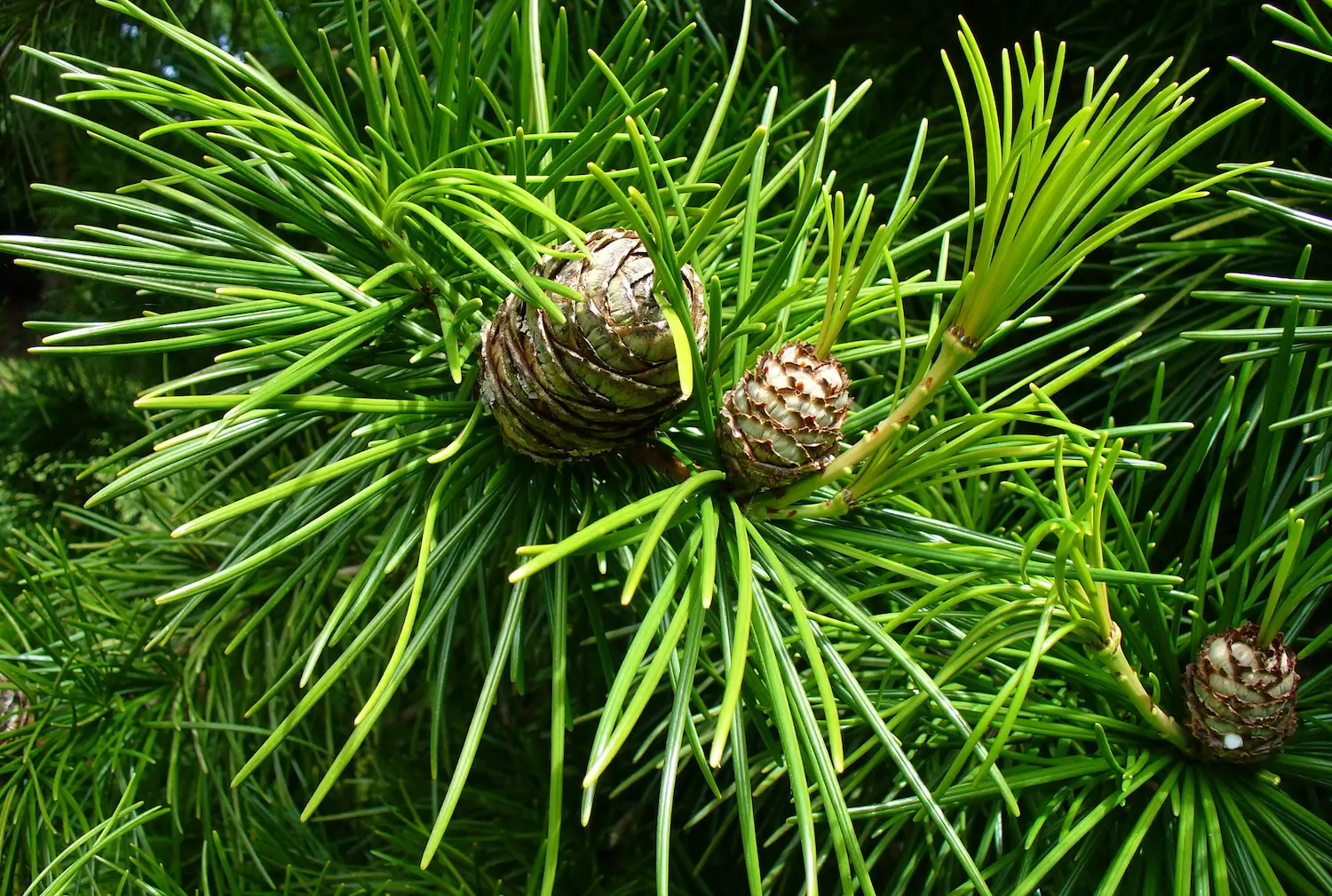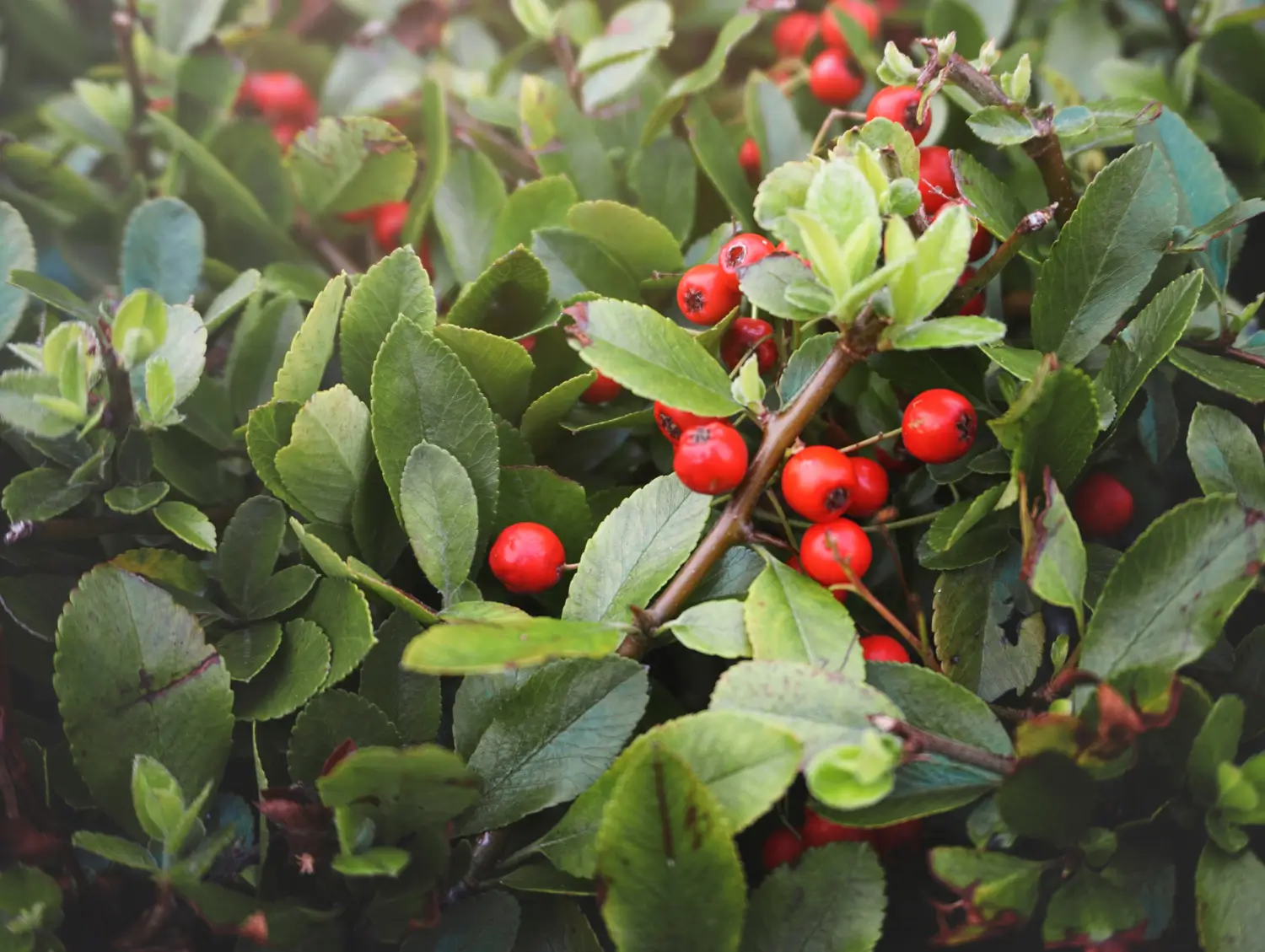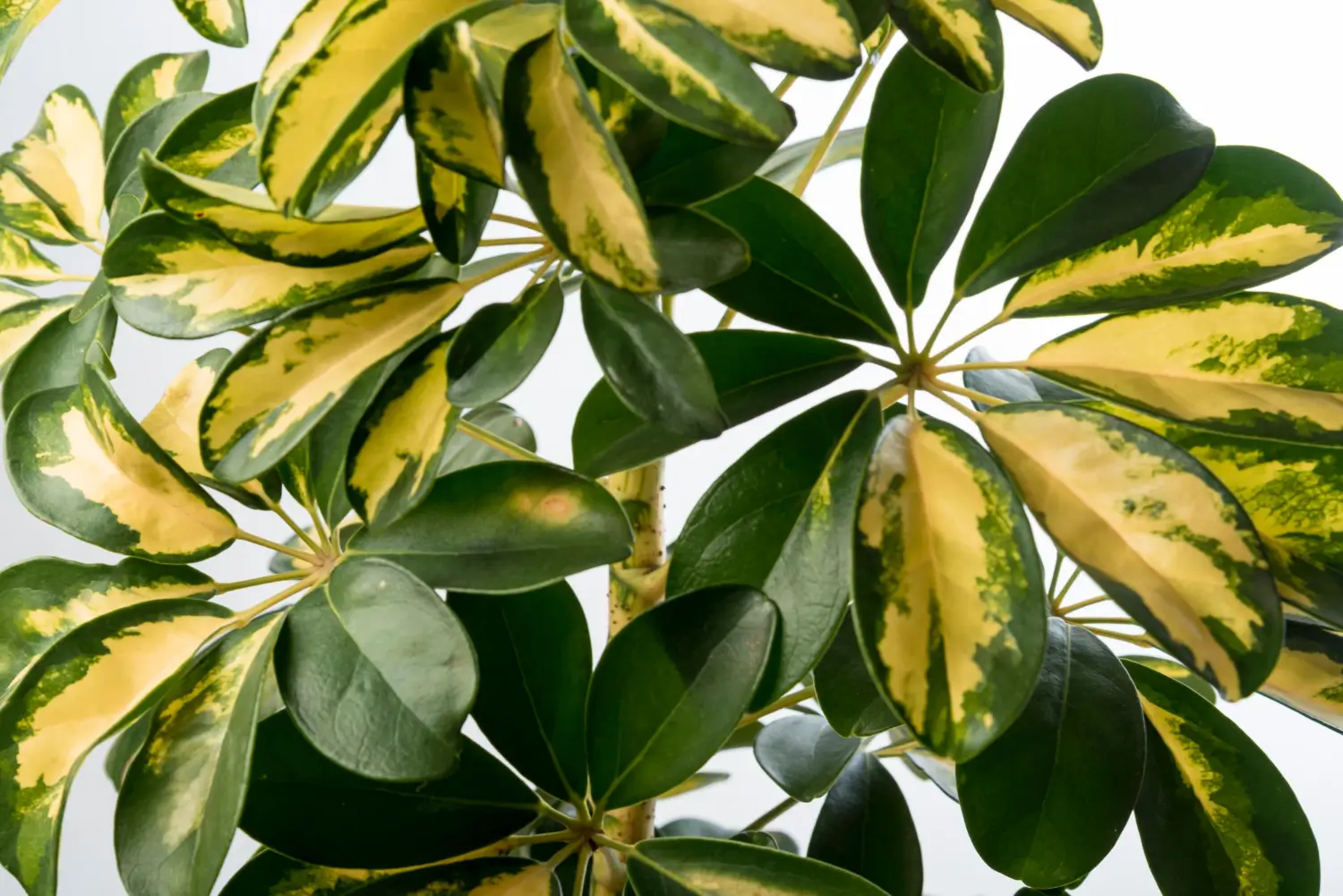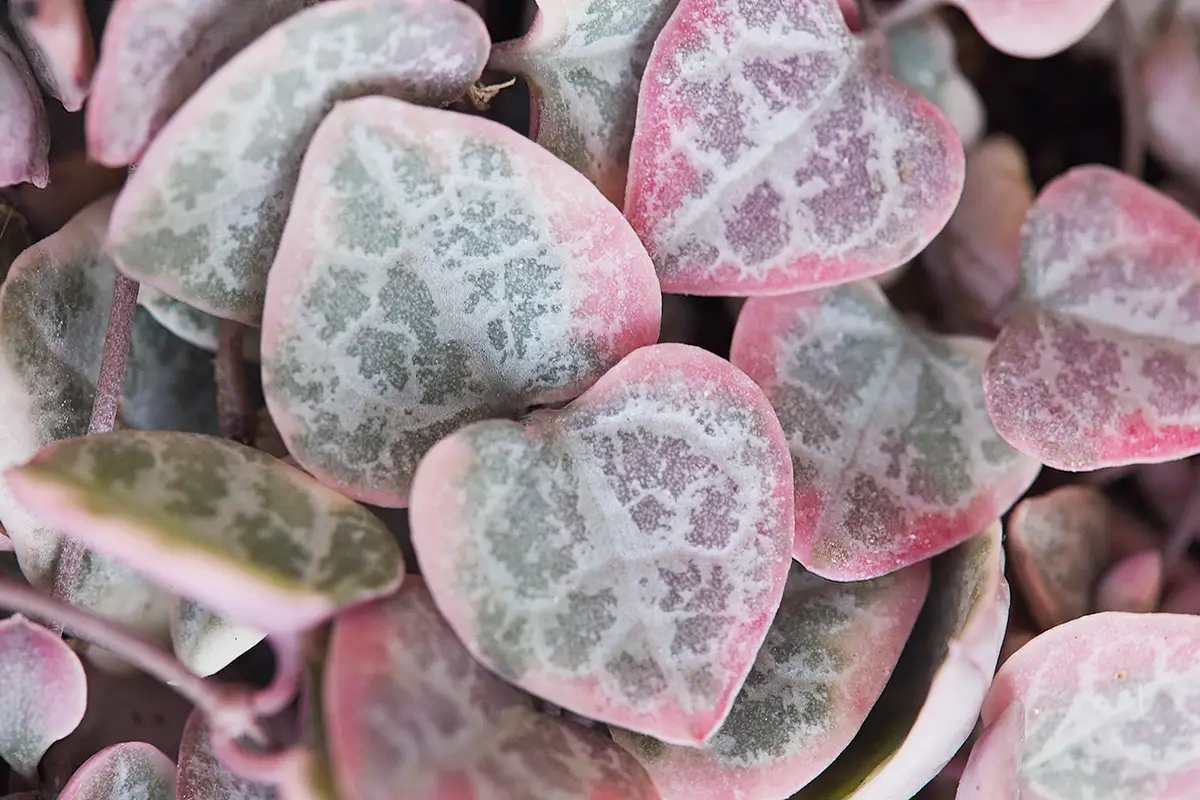
Soil Health & Fertilization
We unite suppliers and green industry professionals worldwide
Few perennials deliver the lasting beauty, fragrance, and vigor of Garden Phlox (Phlox paniculata). Offering a vibrant burst of color from mid-summer to early fall, these eye-catching plants show off lacy clusters of star-shaped flowers in pink, purple, w
By Victor Miller
|Published on June 15, 2025


Few perennials deliver the lasting beauty, fragrance, and vigor of Garden Phlox (Phlox paniculata). Offering a vibrant burst of color from mid-summer to early fall, these eye-catching plants show off lacy clusters of star-shaped flowers in pink, purple, white and red. Not only is Garden Phlox an eye-catching addition to flower beds, but it also attracts butterflies, hummingbirds, and pollinators, making it a must-have for wildlife-friendly gardens.
In addition to being beautiful, Garden Phlox has a reputation for its hardiness and low-maintenance care. It can take absolute full sun, is acceptive of almost any type of soil conditions, and gives the gardener weeks of continuous blooms in return. Planted in cottage gardens, borders or wildflower meadows, this perennial adds height and charm and a beautiful scent to any garden.
| Botanical Name | Phlox paniculata |
| Common Name | Garden Phlox, Summer Phlox |
| Maturity Size | 2-4 feet tall, 1-3 feet wide |
| Light | Full sun to partial shade |
| Soil | Well-draining, nutrient-rich soil |
| Watering Needs | Moderate, likes to keep their soil consistently moist |
| Hardiness Zones | 4–8 |
| Bloom Time | Early to mid-summer to early fall |
| Flower Colors | Pink, purple, red, white, bicolor |
| Growth Rate | Moderate to fast growing |

September 25, 2025
9 minute read
September 24, 2025
9 minute read
September 23, 2025
10 minute read
September 22, 2025
9 minute read


Join as a seller and connect with thousands of B2B buyers nationwide!
Sign Up
Garden Phlox care is easy; it needs the right balance of sunlight, soil and water. This perennial repays regular attention with lush foliage and bountiful blooms.
Garden Phlox should get full sun, or at least six hours of direct sunlight per day, to bloom its best. While it can tolerate some light afternoon shade, too much shade will result in fewer flowers, weaker stems, and increased susceptibility to mildew.
In hotter climates, some dappled shade during the hottest part of the day can help prevent wilting. Still, a bright, sunny spot is preferred for optimal blooming.
Garden Phlox prefers rich, well-draining soil. It likes a slightly acidic to neutral soil pH (6.0–7.0) and also thrives with the addition of organic matter such as compost or well-rotted manure for better soil fertility.
If your soil holds too much water, amend with sand or perlite for drainage. Mulching around the base of the plant will help hold in moisture and also eliminate weeds.
Garden Phlox likes some moisture but should not sit in water. Watering should be deep and less often, developing strong roots.
Watering frequency:
Pruning Garden Phlox helps to keep it healthy, gives it a cohesive shape and encourages more flowers. (NOTE: In the early spring, prune away dead or weak stems so that the plant can produce stronger new growth.)
As the plant flowers, pinching off faded flowers will promote ongoing flowering. Just snip faded flower heads off just above a set of healthy leaves.
In late fall, after the plant has finished flowering, cut the stems back to a few inches above the ground. This minimizes disease risk and encourages healthier regrowth the next season.
Garden Phlox plants are easy to propagate by division or stem cuttings.
The best time to divide the plant is in early spring or fall. Dig up a healthy clump carefully, separating the root pieces carefully to replant them in a new spot. This technique revives older plants as well as aids in controlling their spread.
If propagation through stem cuttings, in early summer, cut a healthy stem with a length of 4-6 inches. Strip the lower leaves off the cutting end, dip it in rooting hormone and plant it in moistened potting soil. Water the soil just enough to keep it a little damp, and within a few weeks, you should have roots.
Garden Phlox can also do well in containers if you do not have a formal garden area.
Choose a wide enough pot (minimum 12-14 inches across and deep) with drainage holes. Use a good potting mix enriched with compost or slow-release fertilizer. Because these plants are in pots, they will dry out much faster than if they were in the ground, so water regularly, keeping soil moist but not soggy.
To promote ongoing flowers, deadheaded finished flowers as well as feed with a balanced liquid fertilizer every 2-3 weeks. Place the pot in full sun for the best straight growth.
Garden Phlox can also die back in winter in colder areas, coming back in spring. After the first frost, cut the stems down to about 2 inches above the ground.
Using a layer of mulch up about the base of you plant (such as straw or shredded leaves) ensures the roots are protected from cold winter temperatures. In the warmer zones Garden Phlox can be partially evergreen, only needing a light trim early in the spring.
If growing in pots, consider moving containers to a sheltered location or insulating them with burlap or mulchA to prevent root damage.
Garden Phlox’s most attractive features is its long blooming season, which lasts from mid-summer into early fall. With proper care, they flower strongly every year.
Garden Phlox is fairly hardy, but there are a few common problems it can run into.
Well known for its gorgeous blooms, delicious scent, and carefree attitude, Garden Phlox is still one of our favorite plants for cottage gardens, perennial borders, and pollinator friendly landscapes. Providing elegance and charm wherever it’s planted — whether in the ground or containers — this long-blooming beauty offers much-needed summer color.
Yes, it does spread slowly by underground rhizomes, creating progressively larger clumps. To keep its growth in check, divide every few years.
It likes full sun, but in warmer areas, it will accept light afternoon shade. But too much shade reduces blooms and makes them more susceptible to mildew.
Reduced flowering can come from inadequate sunlight, too much nitrogen, or high soil salinity. Make sure the plant receives at least six hours of sun and don’t over-fertilize it with nitrogen-rich products.
Yes, it is usually deer and rabbit resistant, with extreme conditions leading to the rare nibble.

Soil Health & Fertilization
Victor Miller

Pest Identification & Prevention
Victor Miller

Lawn Care Tips & Maintenance
Victor Miller

Soil Health & Fertilization
Victor Miller

Smart Irrigation Systems
Victor Miller

Patios, Walkways & Driveways
Victor Miller

Soil Health & Fertilization
Victor Miller

Pest Identification & Prevention
Victor Miller
My Account
Our team is always here to help.
We are open Monday - Friday, 9:00 AM to 4:30 PM PST.



